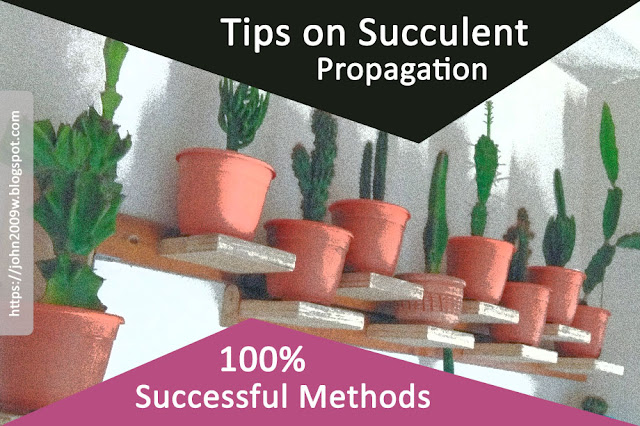William Wordsworth was born in Cockermouth in 1770 and died in 1850. A long and peaceful life agitated for a time by youthful love affairs with Annette Vallon, which, for a long time (because of the Victorian modesty of her biographers) was ignored by the public. His sympathies for the nascent French Revolution were cut off by the Terror established by Robespierre, and slowly his political convictions shifted from enthusiastic radicalism to a passionate conservatism that was rudely opposed to any reform. At the same time, the pantheist returned to Christianity, to an intransigent Anglicanism that led him to contradict some noble reforms, carried out by the liberal party of his country, and to change, making it worse, the meaning of several poems.

Thomas de Quincey's book, "Recollections of the Lake Poets," is still useful to meet the Wordsworth man. It is a "fascinating and unsatisfactory" work, which, despite annoying digressions, shortcomings and failures quite visible, it is an important testimony about how the poets of English romanticism lived and thought. Some of his observations may be a bit bitter, but they contribute to humanizing the figure, somewhat stiff and rigid. Wordsworth is a representative, far too representative, type of bourgeois virtues, and it is not a bad thing that De Quincey discovers certain facets of the poet's mask.
He made a vigorous and lucid effort to bring to poetry the subtlest vibrations of the soul, making use of the elements provided by everyday life, transformed by the intervention of an extremely imaginative sensitivity. The familiar and simple, the trivial and usable, in Wordsworth's poems reach the brilliance magically in two camps to the fans of unusual and secret things, as if passing through the soul of the poet had been impregnated with a mysterious aroma. By publishing the
Lyrical Ballads (1798), Wordsworth and Coleridge intended to change the sign under which English poetry had grown. They had forerunners, certainly, but none dared to proclaim, as Wordsworth did in the
Preface to the Lyrical Ballads, that the main object proposed with these poems was to choose incidents and situations of ordinary life and to relate or describe them completely and, as far as possible, in a selection of language actually used by men, and at the same time to pour on them a certain colouring of the imagination, by which ordinary things would be presented to the mind with an unusual appearance.
The problem of language is thus the first to claim Wordsworth's interest: no "poetic diction", no conventional and artificial language, but the powerful current of the language used in conversation, in life. The rhythm itself seems only an "additional charm". These doctrines were not followed to the letter, and as JC Smith has shown in his recent little book on Wordsworth, they do not even constitute the poet's essential contribution to the theory of poetry. According to Smith,
Coleridge is responsible for the distortion of Wordsworthian theory, due to the excessive emphasis he placed on the polemic over poetic diction. In that theory, says Smith, the essential thing is the conception of the origin, nature and purpose of poetry and the role of the poet within society.
Wordsworth's poetry, in its best hours, is the purest and admirable expression of the sentiment of nature. Just as Coleridge makes the wonderful and distant appear with the evidence of the real, Wordsworth infuses nature with a resplendent spirituality in which songs with surprising accents sound, songs whose resonances bring us closer to the most remote and hidden secrets of the soul. Few poems as revealing as Wordsworth's, and few poets knew how to find in the simplicity of the world the key to its mystery. In terms of suggestiveness, suggestive and emotional force, Wordsworthian intuitions surpass those of Coleridge.
Critics of Wordsworth notify of the need to separate in his work the truly poetic fragments from the abundant discursive, rambling and prosaic passages
Matthew Arnold, in the preface in 1879 to an anthology of the great lyric, gave as the main cause of the slow recognition of such greatness, a mixture of great poems with non-valuable verses, and established, as the first task to be carried out, the discrimination between one and the other, eliminating the deficient texts that obstructed access to the truly admirable ones. Time has proved him right, and bit by bit (starting from the flourish compiled by Arnold) the Lake poet reached general support. His verses, long obscured by those of Scott and Byron, then by those of Tennyson - as Arnold points out - seem today, when good and really poetic, superior to those of all three. In fragments of
The Prelude and various poems, he succeeds in conveying the impression of exceptional states of mind, triggered by some phenomenon of Nature, or by the beauty of Nature itself: the advance of shadows in the evening, the echoes of the mountain or of the stream, the glow of the moon on the lake, are starting points for the unleashing of an emotion whose development is transforming it and reaches areas of consciousness until then intact. If poetry is a revelation, few deserve that name better than that of Wordsworth, wherein such a way reality is transcended, without separating a point from it, by the relief and concentration of feeling. Of this poet, as of his equals of the first romantic generation in England, it may be said that he is an inventor of Nature.
Man finds in Nature a source of emotions whose intensification reveals hidden layers of his own spirit and makes more alive the primitive feeling before the enchantment of creation. Wordsworth glimpses between man and Nature a hidden relationship, but not in the sense of mystery, but in the sense of unnoticed. That is why he rejects fantasy and uses imagination as a means of discovering the content of that link between us and the universe. The superiority of the poet over others will consist mainly in the gift of intensifying his feelings; Poetry is born from emotion, but it is not raw emotion, but rather its quintessence extracted and enhanced in memory. The activity of the spirit is fundamental, since this poetry, apparently so linked to reality, is basically pure introspection; his contact with reality is not fortuitous, but deliberate; fantasy games are too trivial and limited for him when compared with the riches that the real world, exciting of the imagination, puts at the service of poetry.
Although the romantic movement consisted of several great poets, Wordsworth, still occupies the top place for his simplicity. His
Preface to the Lyrical Ballads initiated the movement formally, which was later reinforced by his comrades.












